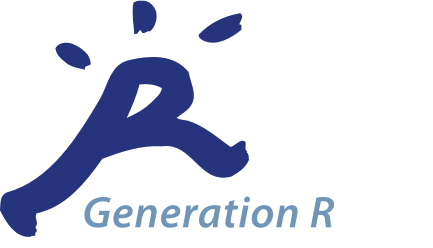-
measure Child Behavior Checklist (CBCL) 1½-5
Study: Generation R Mode of collection: SelfAdministeredQuestionnaire Available measurements: Main Cohort 1.5 years 3 years 5-6 yearsThe Child Behavior Checklist (CBCL 1½-5) is part of the Achenbach System of Empirically Based Assessment (ASEBA) taxonomy and is a validated instrument to assess psychiatric symptoms in both clinical and research settings. The ASEBA parent report version for youths 1½ to 5 years of age (CBCL 1½-5) includes the syndrome scales Emotionally Reactive,...Created May 3, 2023 • Updated May 3, 2023 -
measure Raven's Progressive Matrices Test (RPM) - set I
Study: Generation R Mode of collection: MeasurementsAndTests Behavioral/cognitive task Available measurements: Main Cohort 5-6 yearsRaven's Progressive Matrices (often referred to simply as Raven's Matrices or RPM) is a non-verbal test used to measure general intelligence and abstract reasoning. It is one of the most common tests administered to both groups and individuals ranging from 5-years-olds to the elderly. It consists of 60 multiple choice questions, listed in order of...Created May 3, 2023 • Updated May 3, 2023 -
measure Children’s Behavior Questionnaire (CBQ)
Study: Generation R Mode of collection: SelfAdministeredQuestionnaire Available measurements: Main Cohort 5-6 yearsThe Children’s Behavior Questionnaire (CBQ) is a caregiver report that measures temperament in children aged 3 to 7 years. Domains of the CBQ include positive and negative emotion, motivation, activity level, and attention.Created May 3, 2023 • Updated May 3, 2023 -
measure Children’s Behavior Questionnaire (CBQ)
Study: YOUth Mode of collection: SelfAdministeredQuestionnaire Available measurements: Baby and Child 5 months 10 months 3 years 6 yearsThe Children’s Behavior Questionnaire (CBQ) is a caregiver report that measures temperament in children aged 3 to 7 years. Domains of the CBQ include positive and negative emotion, motivation, activity level, and attention.Created March 28, 2023 • Updated March 30, 2023 -
measure Infant Pro Gap
Study: YOUth Mode of collection: MeasurementsAndTests Eyetracking Available measurements: Baby and Child 5 months 10 months 3 years 6 yearsThe Gap-overlap task (adapted from Elsabbagh, Fernandes et al. (2013)) is a gaze contingent paradigm that measures visual attention shifting between a central and a peripheral stimulus. This is thought to be a key sub process underlying behavioral control. The Gap-Overlap task contains three conditions; i) Gap, in which the central stimulus disappears...Created March 28, 2023 • Updated March 30, 2023 -
measure Gaze Cueing experiment
Study: YOUth Mode of collection: MeasurementsAndTests Eyetracking Available measurements: Baby and Child 5 months 10 months 3 years 6 years
Child and Adolescent 9 years 12 yearsThe social gaze task is an eye-tracking task that measures a subject's sensitivity to another person's gaze direction as a possible cue to predict the location of a next event. Sensitivity to gaze direction is taken as a marker of social competence. In a trial, children see a face with direct gaze, followed by an eye gaze shift to one side, followed by a...Created March 28, 2023 • Updated March 30, 2023 -
measure Infant Face Popout
Study: YOUth Mode of collection: MeasurementsAndTests Eyetracking Available measurements: Baby and Child 5 months 10 months 3 years 6 yearsShortened version of the face-pop out experiment (Gliga et al, 2009 Exp1; Elsabbagh et al., 2013): free viewing experiment in which children are presented with multiple five-item arrays (always: 1. Human face; 2. Car; 3. Mobile phone; 4. Bird; 5; Face-shaped noise figure). It tests whether children automatically orient to faces and whether they prefer to...Created March 28, 2023 • Updated March 30, 2023


